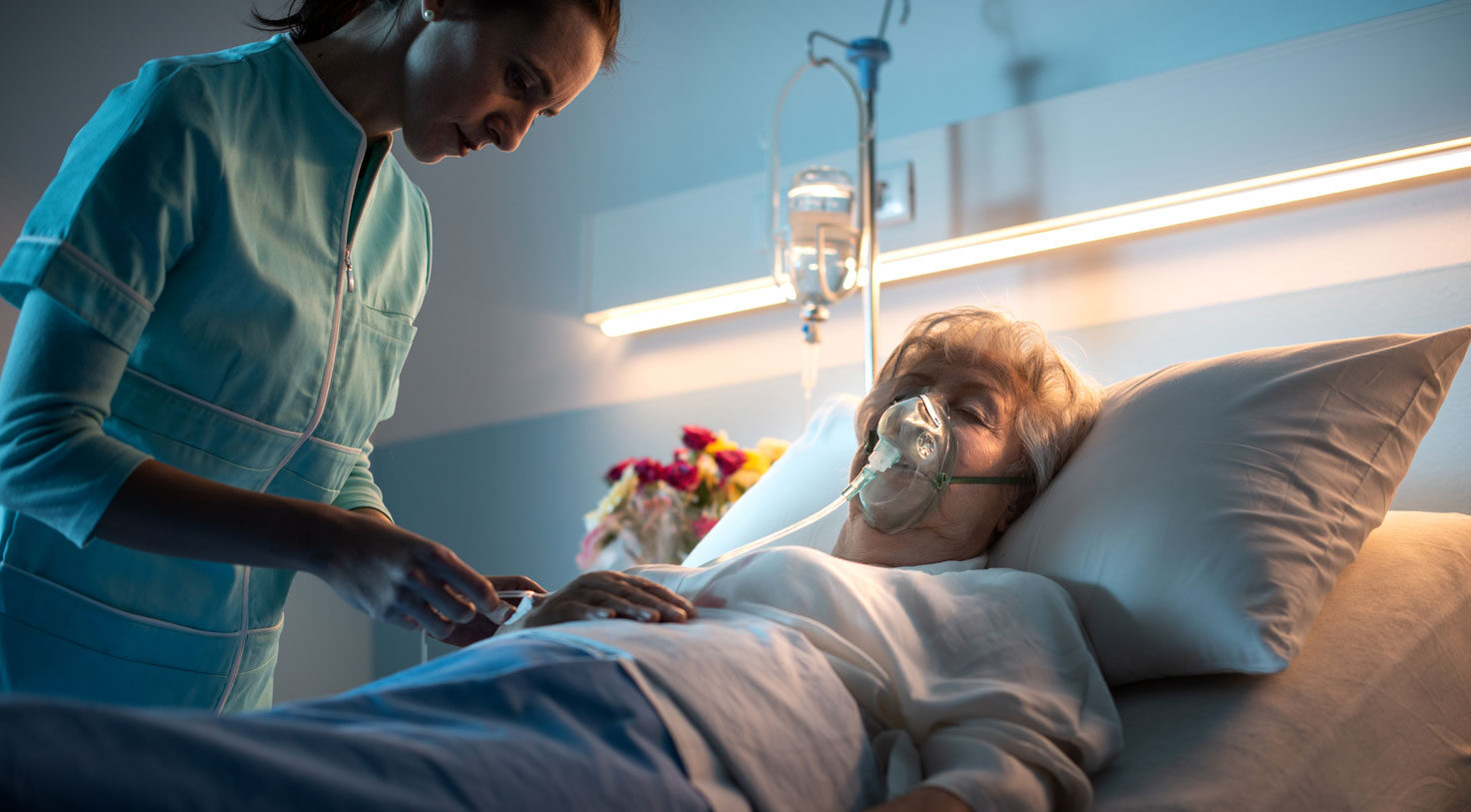Comparing the 4 Levels of Care in Hospice Care
EducationLevel 1: Routine Home Care (RHC)

Routine Home Care (RHC) encompasses hospice care that is provided to the patient and family under normal circumstances. At Healing Care Hospice, routine home care typically means that the RN Case Manager is visiting the home two to three times per week; the hospice aide is visiting two to three times per week; the social worker is visiting once or twice per month, or more as needed; and the spiritual counselor is visiting once or twice per month, or more often as needed or requested.
Under the routine home care level of care, the family typically experiences someone from Healing Care Hospice visiting the home four to five times per week, for about an hour per visit. Patients and families are welcome to call our office, day or night, and they will be quickly connected with a nurse who can address their needs, which may require an accompanying visit by a nurse.
Level 2: Continuous Care (CC)

When the patient is experiencing intractable symptoms that we cannot stabilize with a single nursing visit, we have the option of utilizing Continuous Care (CC). Under the continuous care level of care, a Continuous Care LVN is placed with the patient for an eight-hour shift. The LVN may then be replaced by another Continuous Care LVN for another eight-hour shift. Continuous care can continue in this manner, assuming that staffing is available, for as long as the patient qualifies for continuous care level of care.
Level 3: General Inpatient Care (GIP)

When a patient’s symptoms are out-of-control, we also have the option of utilizing the General Inpatient (GIP) level of care. Under the General Inpatient level of care, we arrange for the patient to be transported to a skilled nursing facility (SNF), where they will receive an intensive level of care and support. This level of care may be continued as long as the patient meets qualifying criteria, at which point the patient will be transported back home and will return to Routine Home Care.
Level 4: Respite Care
Lastly, if the family is experiencing burn-out or has an unexpected situation such as a health crisis or funeral…allows the family to get some much-needed rest, or attend to their own needs, for up to five days under Respite Care level of care. This level of care allows the family to get some much-needed rest, or attend to their needs, for up to five days, at which point the family will transport the patient back home.



